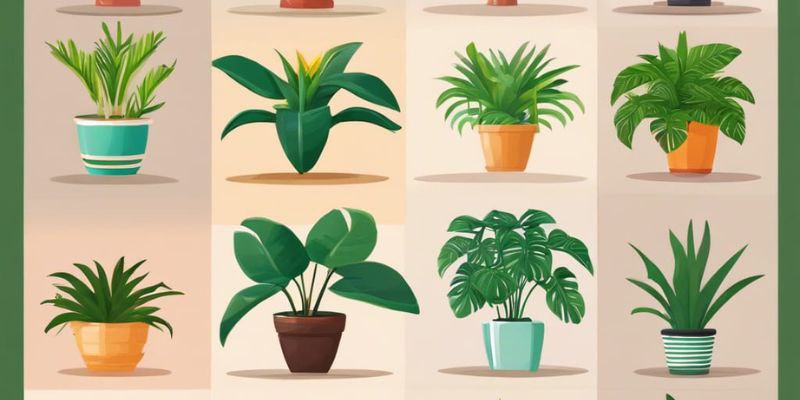Creating a safe home environment is essential, especially when you have pets or young children. Many common houseplants can be toxic if ingested, posing health risks to your loved ones. This guide will help you identify toxic plants to avoid and suggest safer alternatives.
Common Toxic Plants
- Oleander (Nerium oleander)
- Toxicity:All parts of the plant are highly toxic, causing nausea, vomiting, and even heart problems if ingested.
- Symptoms: Symptoms may include abdominal pain, diarrhea, and irregular heartbeats.
- Dieffenbachia (Dumb Cane)
- Toxicity: The sap contains calcium oxalate crystals, which can cause swelling and irritation in the mouth and throat.
- Symptoms: Ingestion may lead to difficulty swallowing, nausea, and vomiting.
- Philodendron
- Toxicity:Similar to Dieffenbachia, philodendrons contain calcium oxalate crystals that can irritate the mouth and throat.
- Symptoms: Symptoms may include swelling, pain, and digestive distress.
- Pothos (Devil’s Ivy)
- Toxicity: Pothos is also high in calcium oxalate crystals, making it toxic to pets and children.
- Symptoms: Ingestion can lead to oral irritation, vomiting, and difficulty swallowing.
- Sago Palm (Cycas revoluta)
- Toxicity: All parts of the sago palm are toxic, especially the seeds, which can cause severe liver damage.
- Symptoms: Symptoms include vomiting, diarrhea, and potentially fatal liver failure.
- Azalea (Rhododendron)
- Toxicity:Azaleas can be toxic to pets and children if ingested, leading to nausea and vomiting.
- Symptoms: Symptoms may also include diarrhea and lethargy.
Safe Alternatives
If you love plants but want to ensure your home is safe, consider these non-toxic alternatives:
- Spider Plant (Chlorophytum comosum): Safe for pets and children, this hardy plant is easy to care for and helps purify the air.
- Boston Fern (Nephrolepis exaltata): A beautiful, lush plant that is safe for both pets and children.
- Bamboo Palm (Chamaedorea seifrizii): This palm is not only safe but also excellent for improving indoor air quality.
- Areca Palm (Dypsis lutescens): A popular indoor palm that is non-toxic and adds a tropical touch to your home. Tips for Keeping Your Home Safe
- Research Before You Buy:Always research plants before bringing them into your home, especially if you have pets or children.
- Educate Children: Teach children about the importance of not touching or eating plants without asking an adult.
- Create a Plant-Free Zone:Consider designating certain areas of your home, like playrooms or pet spaces, as plant-free zones.
Conclusion
Understanding which plants are toxic to pets and children is crucial for maintaining a safe home environment. By avoiding these hazardous plants and opting for safer alternatives, you can enjoy the beauty of indoor gardening without risking the health of your loved ones. Always prioritize safety and make informed choices when it comes to your indoor plants.
